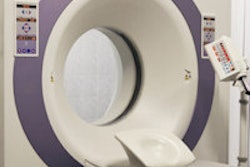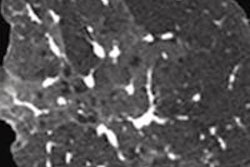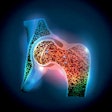Tuesday, December 2 | 3:40 p.m.-3:50 p.m. | SSJ22-05 | Room S403B
Dutch researchers will report on the value of computer-aided detection (CAD) technology to boost the performance of multiparametric MRI for finding prostate cancer.The use of multiparametric MRI to detect prostate cancer is exploding, as more and more institutions see the modality's value for avoiding unnecessary biopsies and patient anxiety, said presenter Geert Litjens of Radboud University Medical Center.
Recently released reading guidelines from the European Society of Urogenital Radiology offered a first step toward standardizing prostate MRI.
"In addition to standardizing the qualitative analysis, quantitative analysis of MRI has shown to be an important addition to prostate MRI interpretation to improve reader consistency and performance," Litjens said.
Quantitative analysis has demonstrated promise in determining cancer aggression, such as via the use of apparent diffusion maps. This type of analysis is best suited for computers, as computer algorithms are inherently quantitative and reproducible, Litjens said.
In their study, the researchers found that independently combining the radiologist's qualitative analysis with CAD quantitative analysis led to a higher diagnostic performance than each could achieve individually.
"Combining qualitative and quantitative assessment of cancer aggression results in an improved assessment of cancer grade," Litjens said.




















